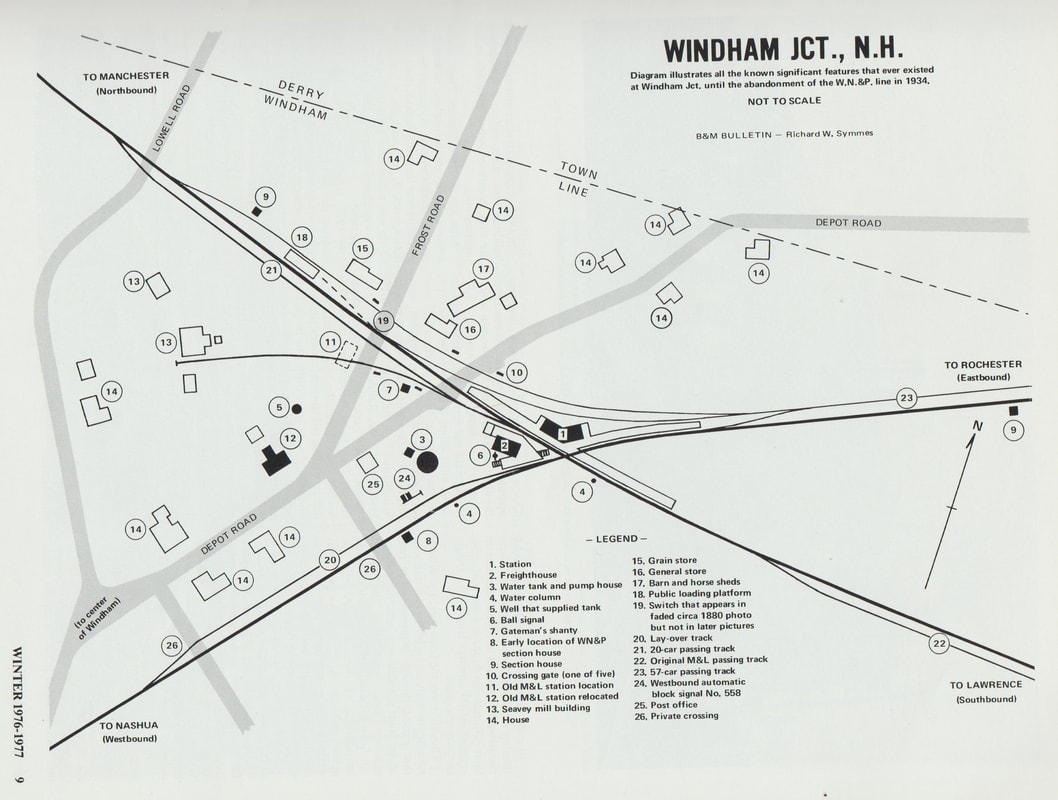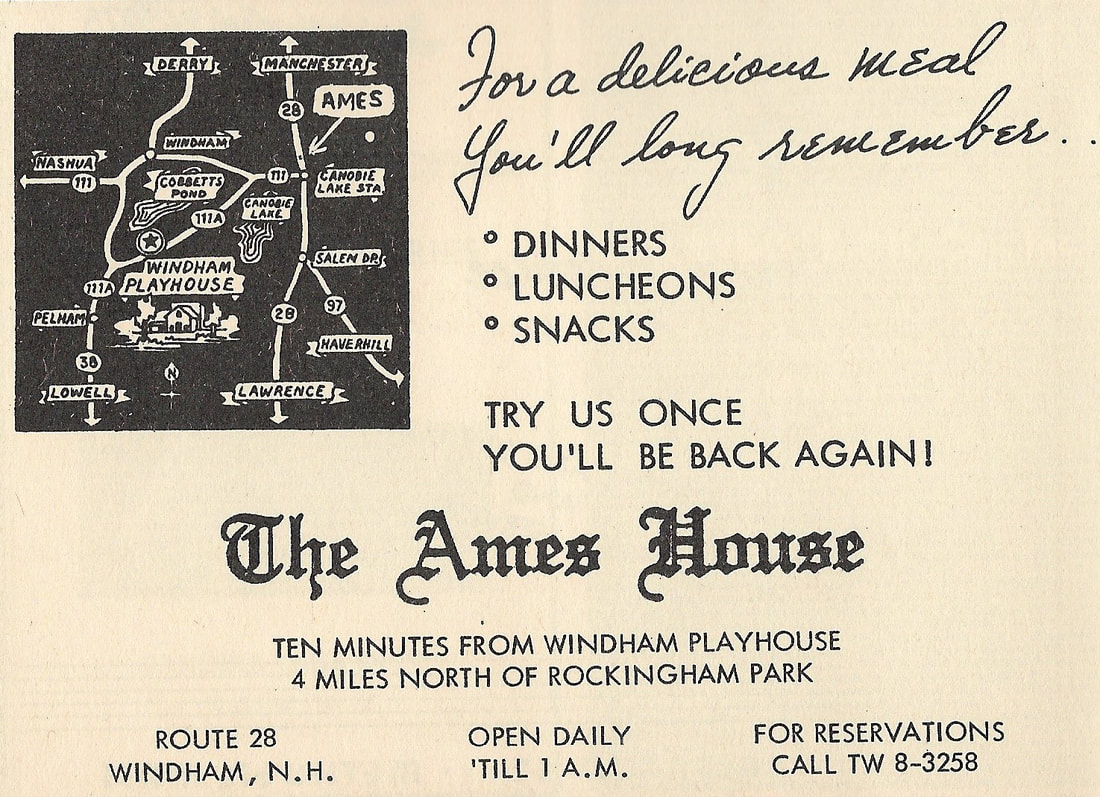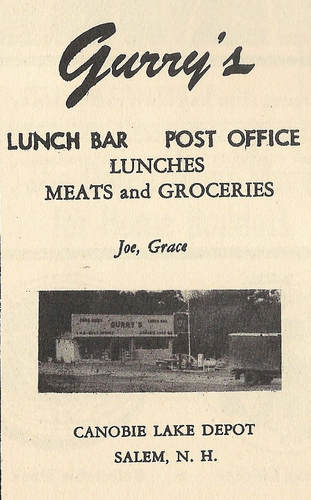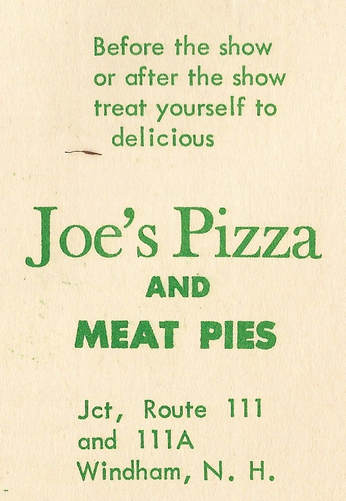On Tuesday, April 17, 1849, two Irish laborers were fired from the railway construction crew for a now unknown reason. Feeling that they had been wronged by their former employer, the two men concocted a scheme to seek revenge. They planned to blow up a large quantity of blasting powder that was stored in a building near the construction site. In total, there were forty-six wooden kegs of powder being stored in the building on that day. Despite the obvious danger, the men decided all they needed to do to safely execute their plan was to light the powder with a match. According to the Lowell Courier, the men must have supposed they could light the powder in such a manner "with perfect impunity and safety to themselves." Unfortunately, this was not the case. The Lowell Courier reported that "the explosion was terrific, having been felt like the sound of an earthquake, in the neighboring towns. One of the Irishmen, probably the one who applied the match, was blown sky high to atoms." The other disgruntled railway worker fared much better as he was "farther from the scene of operations, escaped without much injury, except a good singing and blacking. When found, he was screaming, murther, in terrible fright." As one might have assumed, the building where the blasting powder was stored was blown to pieces.
|
Construction on the Manchester & Lawrence Railroad, Windham's first railroad, began in 1848 and lasted until 1849 when the project was finally completed. Much of the building was done by Irish laborers, who were notorious in the area for their countless shanties. Leonard Morrison wrote that "the workmen and their teams swarmed as thick as bees near the place of construction." The workmen lived in temporary structures built in pastures and fields along the railway track, evidence of which still remained nearly forty years later. With an abundance of granite, primitive blasting techniques were employed to clear the way for the railroad track.
On Tuesday, April 17, 1849, two Irish laborers were fired from the railway construction crew for a now unknown reason. Feeling that they had been wronged by their former employer, the two men concocted a scheme to seek revenge. They planned to blow up a large quantity of blasting powder that was stored in a building near the construction site. In total, there were forty-six wooden kegs of powder being stored in the building on that day. Despite the obvious danger, the men decided all they needed to do to safely execute their plan was to light the powder with a match. According to the Lowell Courier, the men must have supposed they could light the powder in such a manner "with perfect impunity and safety to themselves." Unfortunately, this was not the case. The Lowell Courier reported that "the explosion was terrific, having been felt like the sound of an earthquake, in the neighboring towns. One of the Irishmen, probably the one who applied the match, was blown sky high to atoms." The other disgruntled railway worker fared much better as he was "farther from the scene of operations, escaped without much injury, except a good singing and blacking. When found, he was screaming, murther, in terrible fright." As one might have assumed, the building where the blasting powder was stored was blown to pieces.
0 Comments
The advertising shown, above and below, dates from the mid-1950s. The Ames House conveniently added a small map to their ad, in order to show their close proximity to nearby attractions such as the Windham Playhouse and Cobbett's Pond. Joe's Pizza attempted to capitalize on the crowds drawn by the Windham Playhouse, by serving up meat pies and pizza to eager customers both before and after shows. If neither Joe's Pizza nor The Ames House appealed to Cobbett's Pond vacationers or summer theater-goers, there was also Gurry's, situated right along the Windham town line.
|
AuthorDerek Saffie is an avid Windham historian who enjoys researching and sharing his collection with all those interested in the history of the New England town. Archives
November 2019
Categories
All
|



